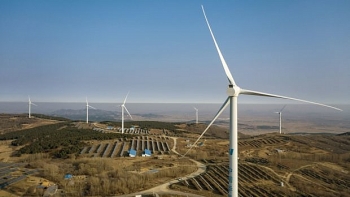Japanese contractors charged in U.S wastewater dumping scheme by Justice Department
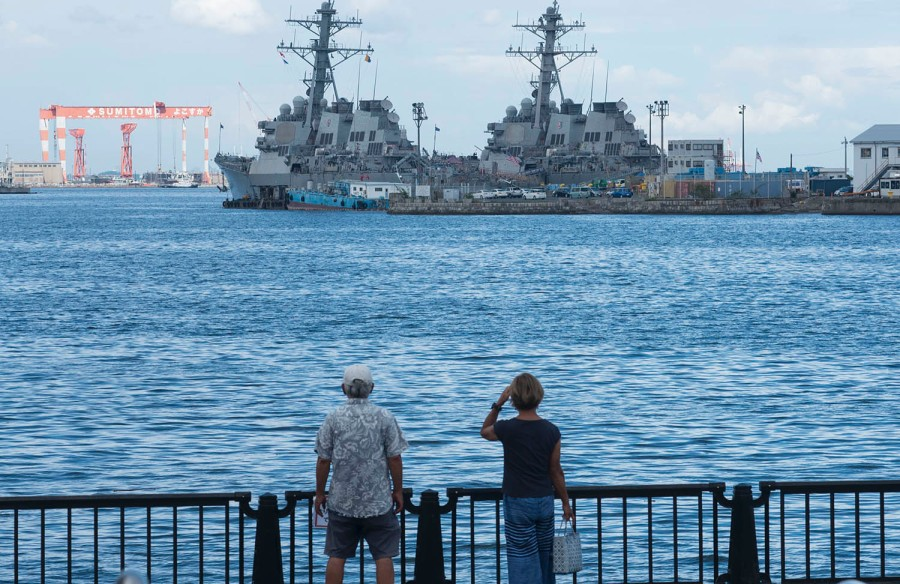 |
| People check out U.S. Navy warships docked at Yokosuka Naval Base, Japan, Aug. 27, 2020. AKIFUMI ISHIKAWA/STARS AND STRIPES |
Sojiro Imahashi, president and CEO of the Yokohama, Japan-based Kanto Kosan Co., and two employees, Tsuyoshi Ifuku and Yuki Yamamiya, were charged Tuesday in Washington, D.C., district court with one count of conspiracy to make false claims and commit ocean dumping and major fraud against the United States; four counts of major fraud against the U.S.; and six counts of submitting false claims, according to a Justice Department statement Thursday.
From 2007-2020, Kanto Kosan received about $120 million in Navy contracts, “tens of millions of which related to the removal, treatment, and disposal of contaminated oily wastewater generated by U.S. Navy ships” at bases in Yokosuka, Sasebo and Okinawa, according to the statement.
But instead of treating the wastewater according to Japanese environmental standards, the company allegedly dumped it into the ocean, according to the statement.
The indictment alleges Kanto Kosan would “minimally treat” the oily wastewater to remove visible contaminants and then discharge the water into the ocean, according to the Justice Department.
The wastewater was contaminated with oil, firefighting foam, chemicals and other contaminants associated with ship operations, according to the indictment.
Not only could releasing untreated water cause environmental issues such as pollution, but “the appearance of U.S. Navy ships dumping wastewater into Japanese waters would have undermined the U.S.-Japan strategic relationship,” according to the indictment.
The Navy in March 2018 started an investigation of Kanto Kosan that was later joined by the Justice Department and FBI, according to The Japan Times and Wall Street Journal in 2019. Three former company employees said Kanto Kosan failed to treat the wastewater as contracted and falsified records and test samples, the reports said.
The company at the time dismissed the allegations as groundless, according to The Japan Times.
Kanto Kosan is also accused of deceiving the Navy into believing the company was properly treating the wastewater, according to the statement.
The indictment also alleges the defendants directed environmental testing personnel to sample water from tanks filled with tap water rather than waste water during semiannual tests, according to the statement.
“Kanto Kosan employees also added [wastewater] to the tanks filled with tap water on occasion to avoid exposing the scheme,” the Justice Department said in the statement.
If convicted, the defendants will be required to pay back the government for funds fraudulently taken in addition to any other punishments, according to the indictment.
Court dates had not yet been set as of Friday, according to court records.
Waste in the Ocean
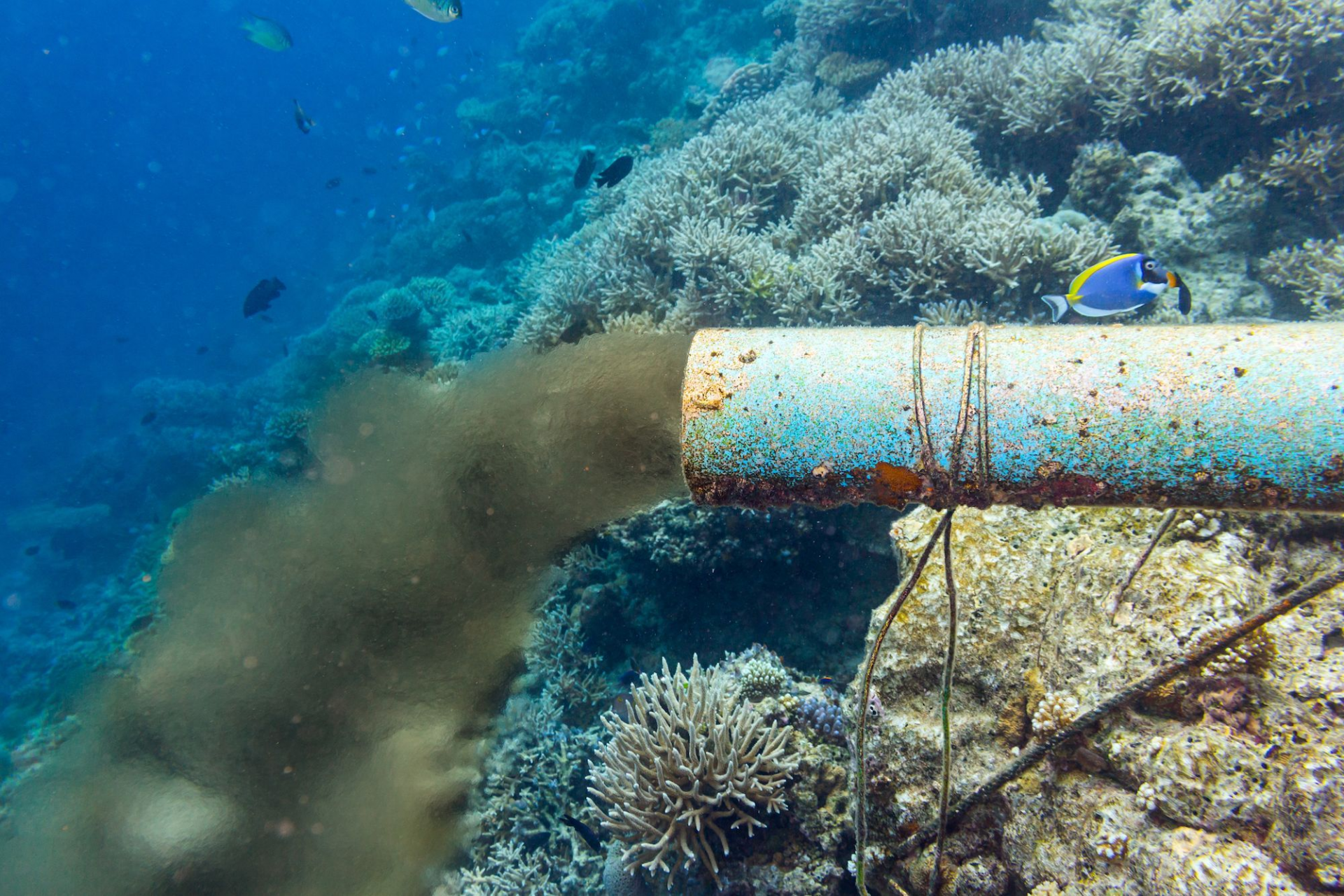 |
| Photo: National Geographic Society |
Although the ocean covers two-thirds of the surface of the Earth, it is surprisingly vulnerable to human influences such as overfishing, pollution from run-off, and dumping of waste from human activity. This kind of pollution can have serious economic and health impacts by killing marine life and damaging habitats and ecosystems. Toxins from pesticides, fertilizers, and other chemicals used on farms contaminate nearby rivers that flow into the ocean, which can cause extensive loss of marine life in bays and estuaries leading to the creation of dead zones. The dumping of industrial, nuclear and other waste into oceans was legal until the early 1970’s when it became regulated; however, dumping still occurs illegally everywhere, according to Marinebio.
The most toxic waste material dumped into the ocean includes dredged material, industrial waste, sewage sludge, and radioactive waste. Dredging contributes about 80% of all waste dumped into the ocean, adding up to several million tons of material dumped each year. Rivers, canals, and harbors are dredged to remove silt and sand buildup or to establish new waterways. About 20-22% of dredged material is dumped into the ocean. The remainder is dumped into other waters or landfills and some is used for development. About 10% of all dredged material is polluted with heavy metals such as cadmium, mercury, and chromium, hydrocarbons such as heavy oils, nutrients including phosphorous and nitrogen, and organochlorines from pesticides. Waterways and, therefore, silt and sand accumulate these toxins from land runoff, shipping practices, industrial and community waste, and other sources. When these materials find their way into the ocean, marine organisms suffer toxic effects and seafood is often contaminated.
 |
| Photo: Earth Eclipse |
When “pure” dredged material is dumped into the ocean, fisheries suffer adverse affects such as unsuccessful spawning in herring and lobster populations where the sea floor is covered in silt.
In the 1970s, 17 million tons of industrial waste was legally dumped into the ocean. In the 1980’s, 8 million tons were dumped including acids, alkaline waste, scrap metals, waste from fish processing, flue desulphurization, sludge, and coal ash.
If sludge from the treatment of sewage is not contaminated by oils, organic chemicals and metals, it can be recycled as fertilizer for crops.
It is cheaper for treatment centers to dump this material into the ocean, particularly if it is chemically contaminated. The UN policy is that properly treated sludge from cities does not contain enough contaminants to be a significant cause of eutrophication (an increase in chemical nutrients—typically compounds containing nitrogen or phosphorus—in an ecosystem) or to pose any risk to humans if dumped into the ocean. The peak of sewage dumping was 18 million tons in 1980, a number that was reduced to 12 million tons in the 1990s.
Although policies on ocean dumping in the recent past took an “out of sight- out of mind” approach, it is now known that accumulation of waste in the ocean is detrimental to marine and human health. Another unwanted effect is eutrophication. A biological process where dissolved nutrients cause oxygen-depleting bacteria and plants to proliferate creating a hypoxic, or oxygen poor, environment that kills marine life. In addition to eutrophication, ocean dumping can destroy entire habitats and ecosystems when excess sediment builds up and toxins are released. Although ocean dumping is now managed to some degree, and dumping in critical habitats and at critical times is regulated, toxins are still spread by ocean currents. Alternatives to ocean dumping include recycling, producing less wasteful products, saving energy and changing the dangerous material into more benign waste.
According to the United Nations Group of Experts on the Scientific Aspects of Marine Pollution, the amount of ocean dumping actually brings in less pollution than maritime transportation, atmospheric pollution, and land based pollution like run-off. However, when waste is dumped it is often close to the coast and very concentrated.
Waste dumped into the ocean is categorized into the black list, the gray list, and the white list. On the black list are organohalogen compounds, mercury compounds and pure mercury, cadmium compounds and pure cadmium, any type of plastic, crude oil and oil products, refined petroleum and residue, highly radioactive waste, any material made for biological or chemical warfare.
The gray list includes water highly contaminated with arsenic, copper, lead, zinc, organosilicon compounds, any type of cyanide, flouride, pesticides, pesticide by-products, acids and bases, beryllium, chromium, nickel and nickel compounds, vanadium, scrap metal, containers, bulky wastes, lower level radioactive material and any material that will affect the ecosystem due to the amount in which it is dumped.
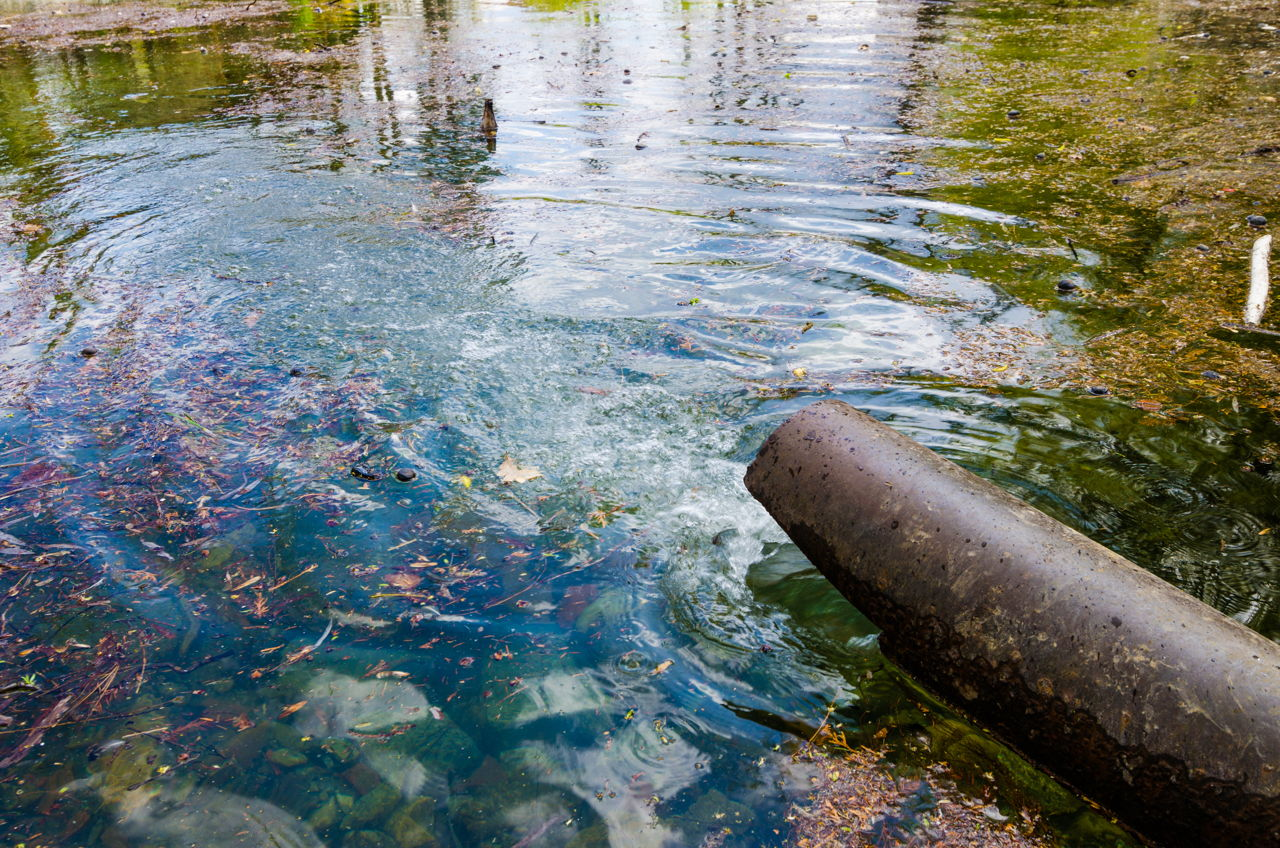 |
| Sewage water pollution (Photo: Help Save Nature) |
The white list includes all other materials not mentioned on the other two lists. The white list was developed to ensure that materials on this list are safe and will not be dumped on vulnerable areas such as coral reefs.
The impact of a global ban on ocean dumping of industrial waste was determined in the Global Waste Survey Final Report the same year. In addition to giving the impact for every nation, the report also concluded that the unregulated disposal of waste, pollution of water, and buildup of materials in the ocean were serious problems for a multitude of countries. The report also concluded that dumping industrial waste anywhere in the ocean is like dumping it anywhere on land. The dumping of industrial waste had reached unacceptable levels in some regions, particularly in developing countries that lacked the resources to dispose of their waste properly. Enforcement of regulations was also a problem in these areas, so it was necessary to assist the countries in the implementation of a waste disposal strategy.
Areas where high levels of illegal dumping occur are commonly areas that have no way of implementing a better strategy. A global ban on ocean dumping is not enough to eliminate the practice, and it will require all governments to have a workable plan to reduce the amount of waste, recycle some waste, and learn how to modify waste that is dumped into the ocean so it is less harmful.
The ocean is the basin that catches almost all the water in the world. Eventually, water evaporates from the ocean, leaves the salt behind, and becomes rainfall over land. Water from melted snow ends up in rivers, which flows through estuaries and meets up with saltwater. Fertilizers, pesticides, and oil, mostly from farms, seep into the ground after a rain and then stream into rivers and ultimately into the ocean. Feedlots in the United States exceed the amount of human waste with more than 500 millions tons of manure each year.
The ocean is a complex and interwoven ecosystem with each biotic and abiotic factor influencing every other component directly or indirectly. When one habitat vanishes, organisms that rely on that niche can no longer survive.
Animals like sea turtles, manatees, fish, shrimps and crabs rely on seagrass for survival. Unfortunately, seagrass is sensitive to dredging of channels, pollution and development and is being lost at an alarming rate. Since the ocean is an interlaced ecosystem, the loss of one species like sea otters can cause sea urchins (their prey) to soar in numbers. The loss of biodiversity in the oceans is more critical than simply losing a source of wonder for future generations. Loss of biodiversity has the power to affect human survival in the future in a profound way. For example, species like sea sponges have been found to hold chemicals capable of beating cancer and viruses, but they will be lost if pollution from runoff and ocean dumping is not curbed dramatically.
 | Battling Coronavirus pandemic, Japan plans to extend emergency state, staying ready for Olympics Prime Minister Yoshihide Suga said Tuesday that Japan plans to extends its emergency state in Tokyo, Osaka and eight other areas amid Covid's cases rising ... |
 | Vietnamese included in languages used by Tokyo coronavirus support centre The Tokyo metropolitan government has set up a phone consultation centre to provide information about the coronavirus and related issues in 14 languages, including Vietnamese. |
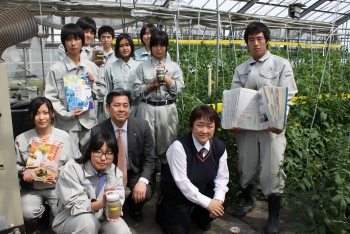 | Vietnam registers highest foreign labor workforce in Japan For the first time, Vietnam surpasses China to become the country with the highest labor workforce in Japan. |
Recommended
 World
World
US, China Conclude Trade Talks with Positive Outcome
 World
World
Nifty, Sensex jumped more than 2% in opening as India-Pakistan tensions ease
 World
World
Easing of US-China Tariffs: Markets React Positively, Experts Remain Cautious
 World
World
India strikes back at terrorists with Operation Sindoor
Popular article
 World
World
India sending Holy Relics of Lord Buddha to Vietnam a special gesture, has generated tremendous spiritual faith: Kiren Rijiju
 World
World
Why the India-US Sonobuoy Co-Production Agreement Matters
 World
World
Vietnam’s 50-year Reunification Celebration Garners Argentine Press’s Attention
 World
World


